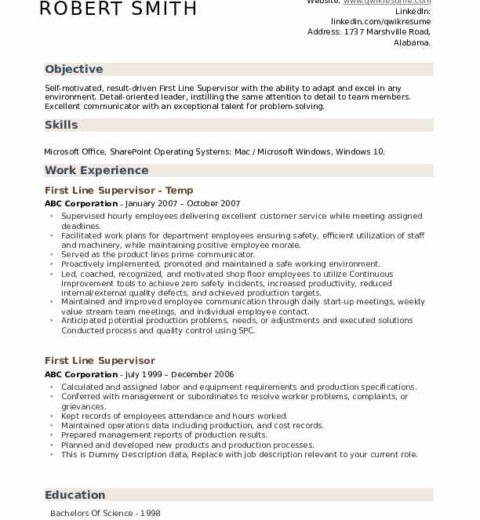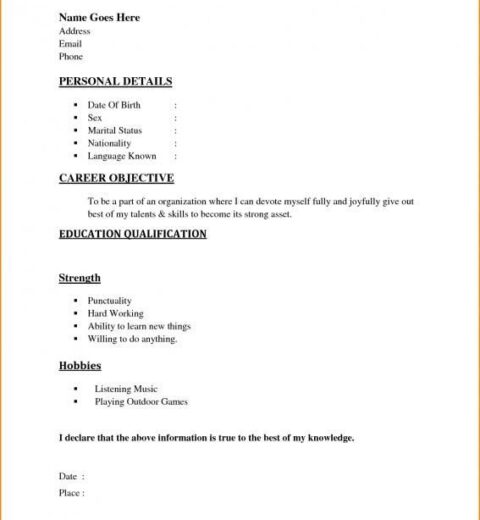In today’s competitive hiring landscape, the use of Applicant Tracking Systems (ATS) has become ubiquitous. These digital gatekeepers screen resumes before they ever reach the human eye. Understanding what an ATS resume is and how to optimize your documents to beat the bots can significantly enhance your chances of securing an interview. This article elucidates these elements with precision, ensuring that job seekers can navigate the complexities of ATS technology with confidence.
At its core, an ATS resume is a document that is designed to be parsed by an automated software system. Recruiters use ATS to manage large volumes of applications, filtering candidates based on specific keywords and formatting. This processing involves scanning the resume for relevant qualifications, skills, and experiences that align with the job description. If your resume doesn’t meet certain criteria—often specified in the job listing—it may never see the light of day. Consequently, it is imperative to tailor every resume to align with both the job specifications and the operational mechanics of ATS.
One of the primary features that distinguishes an ATS resume from a standard resume is the structure. An ATS-friendly resume is devoid of complicated layouts, graphics, and unusual fonts that might confuse the software. Minimalist design is paramount. Stick to standard fonts such as Arial or Times New Roman in 10-12 point sizes. This simplicity not only improves readability for the ATS but also appeals to human recruiters who may review resumes in plain text. Remember, clarity is key. Additionally, utilize standard section headings such as “Experience,” “Education,” and “Skills.” These headers enable the ATS to recognize critical information with ease.
Equally important is the strategic implementation of keywords. Recruiters often include specific terminology related to the job and industry in the job description. These keywords are essential for an ATS to identify that you possess the appropriate qualifications. Carefully dissect the job listing, identifying key skills and phrases that resonate with your experience. Integrate these terms naturally throughout your resume. However, avoid keyword stuffing, as this can lead to a negative impression on both the ATS and human reviewers. Strive to maintain a balance between optimization for the ATS and the articulation of your genuine experience.
Another noteworthy component when crafting your ATS resume is the use of bullet points. Bullet points provide clarity and structure, making it easier for the ATS to parse your accomplishments and responsibilities. When detailing work experience, use action verbs to convey dynamic participation in prior roles. Words like “developed,” “implemented,” and “achieved” signal achievements powerfully. For example, rather than stating, “Responsible for increasing sales,” consider “Achieved a 20% increase in sales through strategic marketing initiatives.” This not only provides clarity but also creates a strong narrative around your achievements.
ATS systems often struggle with parsing complex information, which necessitates the avoidance of vivid graphics and tables that might be rife in a traditional resume. While visual appeal is essential for standing out, ATS compatibility should take precedence. Consider presenting your contact information at the top of the document in a straightforward format without embellishments. This ensures that the ATS captures your details correctly.
In addition to formatting and keywords, an important nuance in ATS resumes is the inclusion of hard and soft skills. Hard skills are quantifiable abilities such as technical proficiencies, industry-specific knowledge, and certifications. In contrast, soft skills refer to essential interpersonal attributes like communication, teamwork, and problem-solving. While hard skills often capture the radar of ATS through keyword matching, the visibility of soft skills can help establish you as a well-rounded candidate. Avoid generalities; substantiate your claims with specific examples illustrating how these skills benefited your previous employers.
To augment your visibility further, consider including relevant certifications and noteworthy accomplishments. These elements substantiate your skills and qualifications while adding depth to your ATS resume. They signal commitment to your professional development, depicting you as a proactive candidate. Certifications related to the job—whether technical, managerial, or industry-specific—can set you apart from other applicants.
Final touches on your ATS resume could involve careful proofreading and optimization for each application. Minor errors such as typos, grammatical mistakes, or incorrect formatting can hinder an ATS from accurately parsing your qualifications. Utilize tools and software resources that analyze resume content against ATS protocols. These tools can provide feedback on your document’s structure and keyword focus, ultimately enhancing compatibility with these systems.
Be cognizant of the file format when submitting applications. While PDFs can preserve formatting and appear professional, many ATS systems are optimized to read Word documents (.doc or .docx) more effectively. When in doubt, consult the job listing; it often specifies the preferred file format for application submissions.
In conclusion, creating an ATS resume is an exercise in precision, clarity, and strategic planning. Mastering these elements not only increases visibility to recruiters but enhances the overall aesthetic appeal of your professional presentation. By arming yourself with the knowledge of ATS systems and implementing these strategies, job seekers can significantly improve their prospects in an increasingly competitive job market. Every detail matters—from formatting to keyword utilization—ensuring that your resume is not just seen but also resonates with both the computer algorithms and the people behind them.




